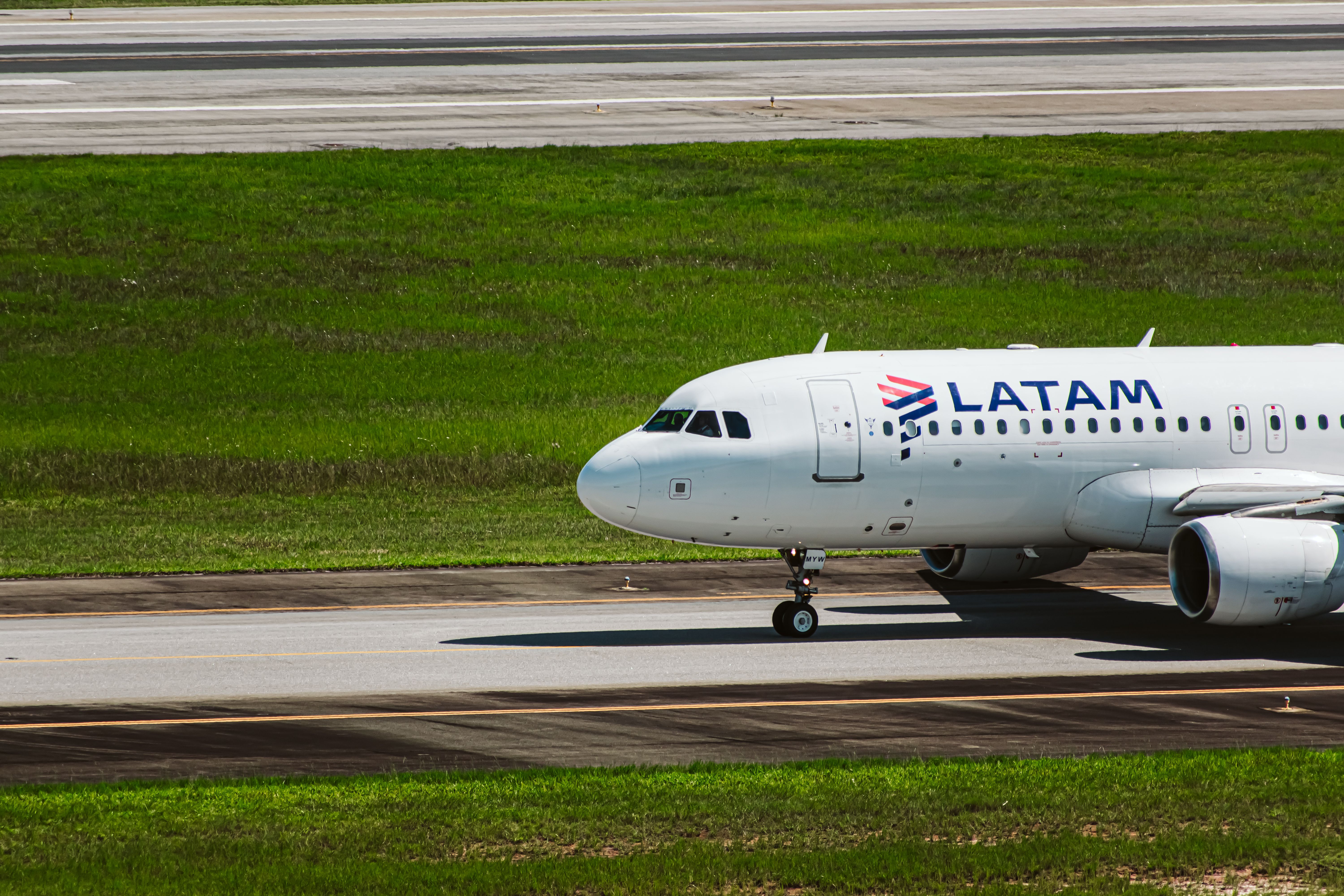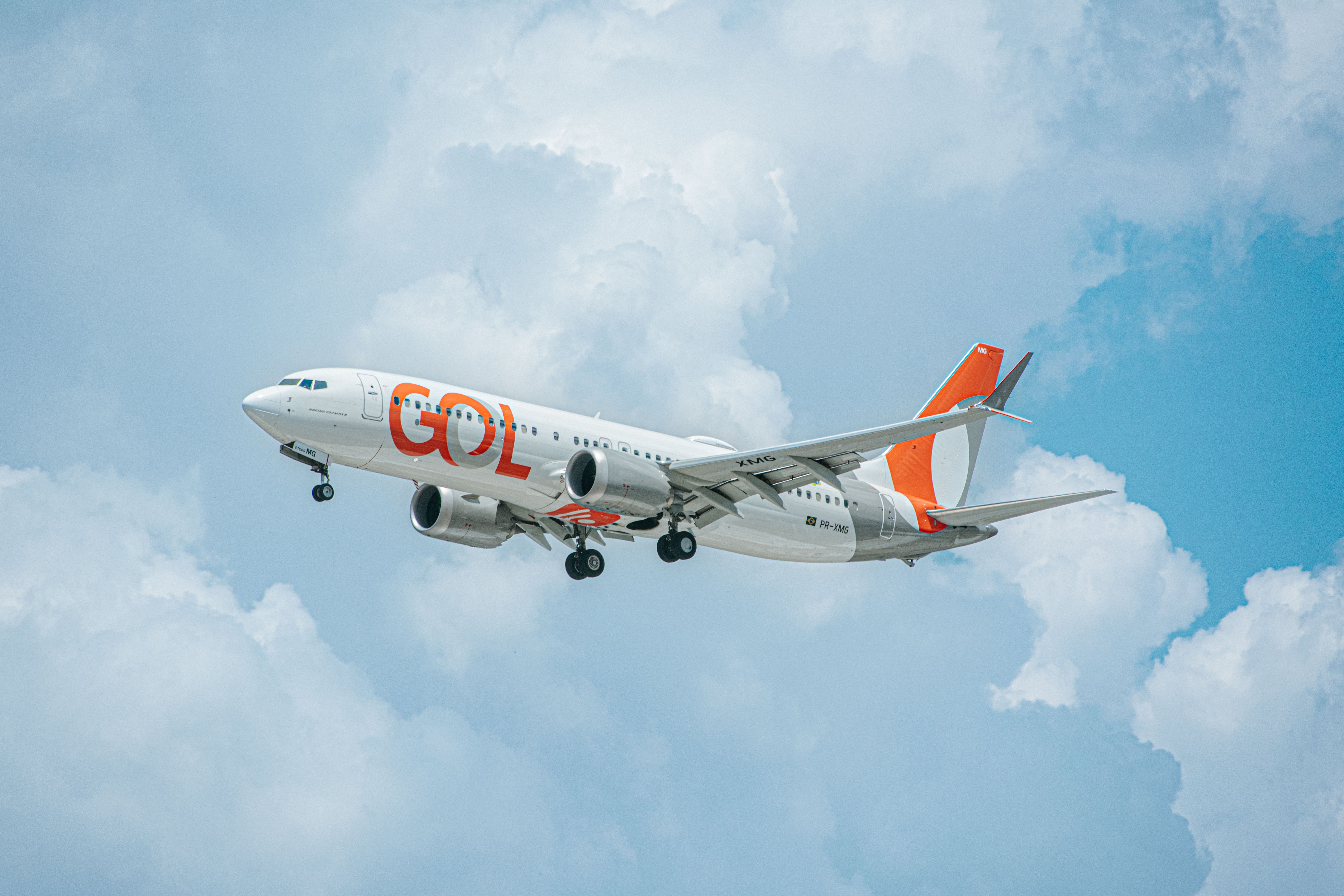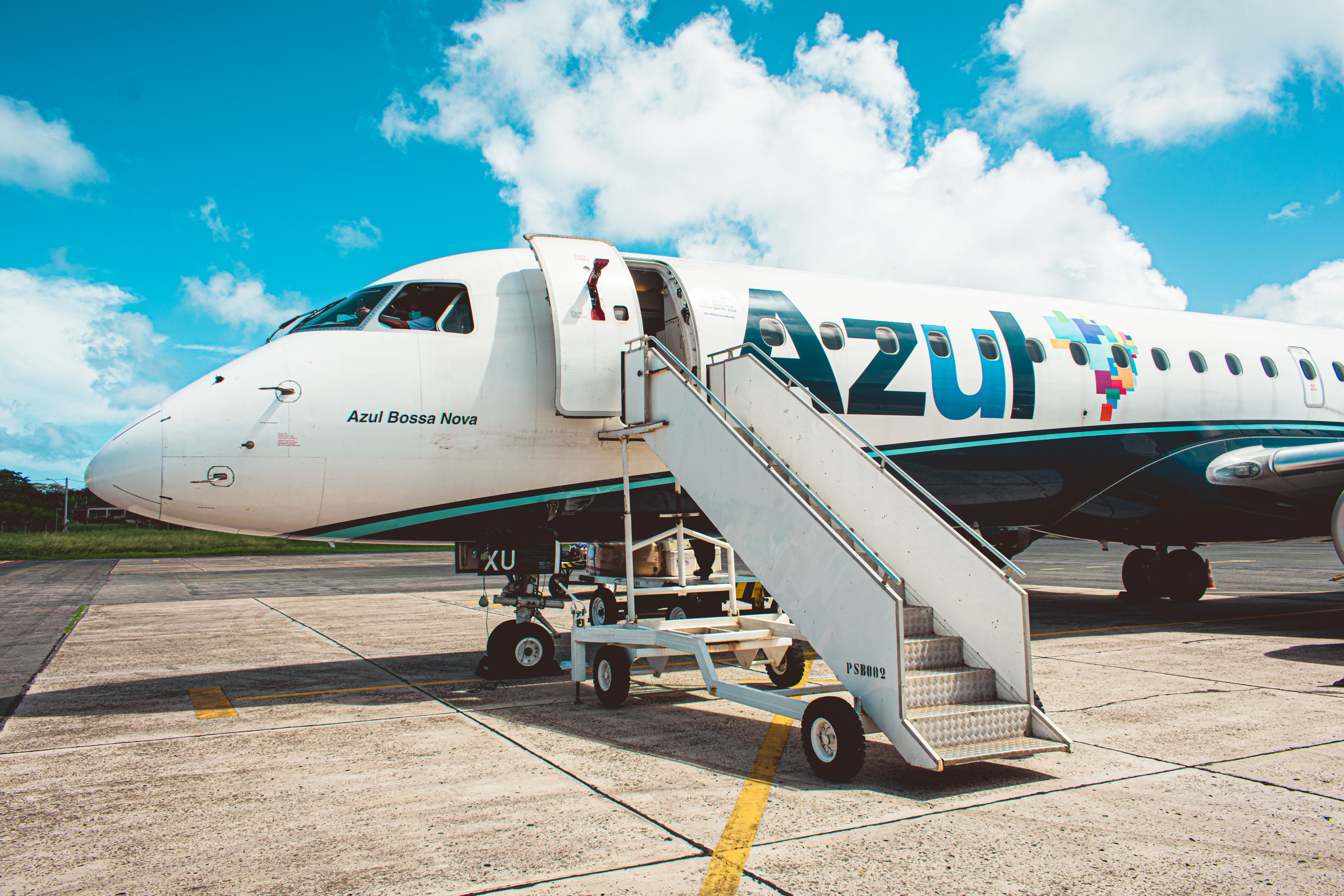Brazil’s Civil Aviation National Authority (ANAC in Portuguese) has released full 2022 traffic numbers. The country had 97.85 million passengers last year, led by LATAM Airlines, GOL Linhas Aéreas, and Azul Linhas Aéreas.
The Brazilian recovery in 2022
Brazil received 97.85 million passengers in 2023, recovering 82% of the pre-pandemic traffic levels. In 2019, the South American country received 119.19 million passengers. The COVID-19 pandemic continued hurting Brazil’s recovery, mainly in the international segment, which was deeply impacted by travel restrictions at the beginning of 2022 and a slow demand recovery throughout the year. São Paulo Guarulhos International was the largest airport in the country by traffic levels.
The South American country finished second in the region in terms of most passengers, behind Mexico, which had over 100 million passengers (the government has not yet released the official data).
A look at Brazil’s domestic market in 2022
Brazil had 82.22 million domestic passengers in 2022. LATAM Brasil led the market with 28.68 million passengers, or 34.88% of the market share. Azul Linhas Aéreas carried 26.45 million passengers (32.17% of the share), closely followed by GOL Linhas Aéreas with 26.34 million (32.04%). Compared to 2019, before the COVID-19 pandemic, Brazil recovered 86.5% of its pre-pandemic domestic traffic figures. Azul grew by 3.6% compared to 2019, while LATAM and GOL remained below 2019 figures (-9% and -23%, respectively).
A look at Brazil’s international market in 2022
Brazil had 15.62 million international passengers in 2022. LATAM Airlines Group led the market. LATAM Brasil carried 2.49 million passengers, LAN Chile had 844,488, LAN Peru had 153,180, and LATAM Paraguay had 129,984.
Find the latest South American aviation news here.
TAP Air Portugal carried 1.59 million passengers, and Copa Airlines had 953,089. The other Brazilian airlines, GOL and Azul, carried 914,278 and 799,415 passengers, respectively.
Compared to 2019 levels, Brazil recovered 65% of its pre-pandemic traffic levels. Despite LATAM Brasil leading the country’s international market, the airline only recovered 45% of its pre-pandemic traffic levels. GOL recovered 44%, and Azul recovered 59%, according to data by the Brazilian authorities. Nonetheless, Brazil’s recovery was gradual throughout the year. The country began 2022 with a 75.3% recovery in traffic (both domestic and international) in January versus January 2019. By December, that recovery was 85%.
What challenges does Brazil have for 2023?
The Brazilian aviation market is the largest in South America despite not being completely developed. According to the Latin American & Caribbean Air Transport Association (ALTA) executive director José Ricardo Botelho, Brazil is the world's sixth-largest civil aviation market.
Botelho added that Brazil faces critical challenges that could slow down the country’s civil aviation recovery and the possibility of further democratizing air transport. Exclusively to Simple Flying, he added,
“Among the challenges are the devaluation of currencies against the dollar and the high cost of aviation fuel, which in Brazil is between 30% and 40% more expensive than in markets such as the United States. We continue to work with the authorities to make Brazil increasingly competitive for air transportation so that this sector can develop and keep up with the growing demand for safe and efficient transportation.”
What do you think about Brazil’s civil aviation recovery in 2022? Let us know in the comments below.




